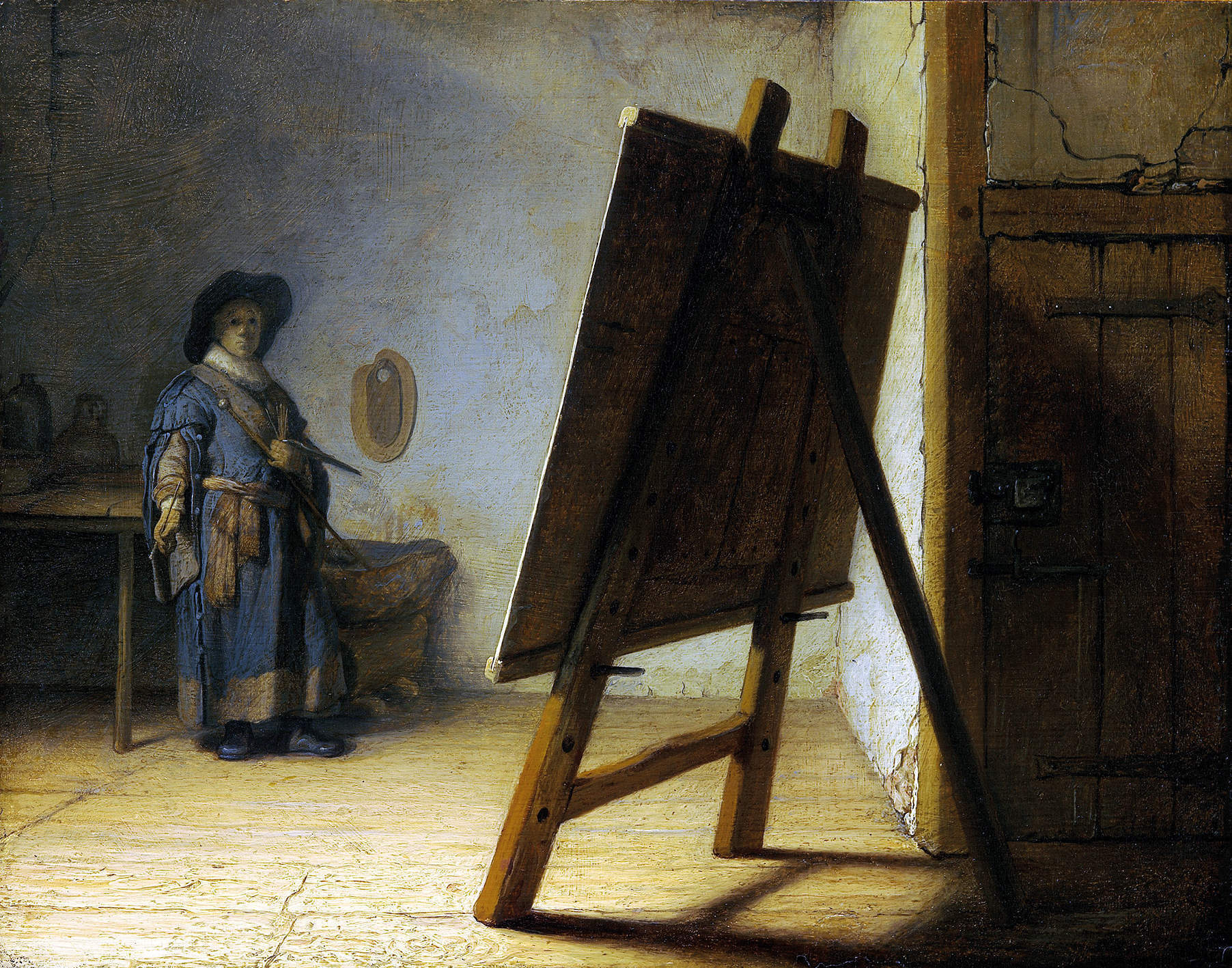
From the Renaissance onwards, when art first separated itself from craft, painting has been the focus of innumerable attempts to explain and define it. Cennino Cennini’s Il libro dell’arte c 1390 was among the first and was essentially a painters’ primer with a sideline in moral advice (he instructed painters not just to eat and drink in moderation but warned of something that “can make your hand so unsteady that it will waver more… than leaves do in the wind, and this is indulging too much in the company of women”). Leon Battista Alberti’s De Pictura of 1435 was the most influential; systematically discussing such elements as composition, geometry, colour and the newly discovered science of single-point perspective.
Leonardo, meanwhile, took part in a debate in Milan in 1498 arguing the relative merits of music, painting, sculpture, poetry and geometry. Such paragone – comparisons – were a staple of Renaissance intellectual life and Leonardo made the case for painting as being the prince of the liberal arts because it dealt not only with light, shade and colour but also with mathematics, optics, observation, intellect and imagination. What’s more it was “less tedious to follow” than poetry.



